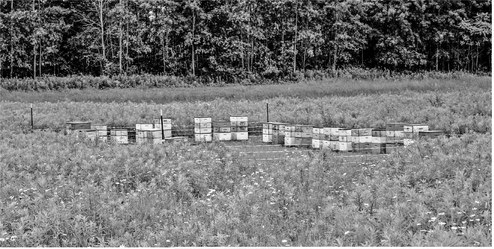southern apple


southern apple,” he said. “First Kiss apples will ripen in mid to late August compared to the majority of other apple varieties that ripen in mid September to late October.”
The couple ...


southern apple,” he said. “First Kiss apples will ripen in mid to late August compared to the majority of other apple varieties that ripen in mid September to late October.”
The couple ...